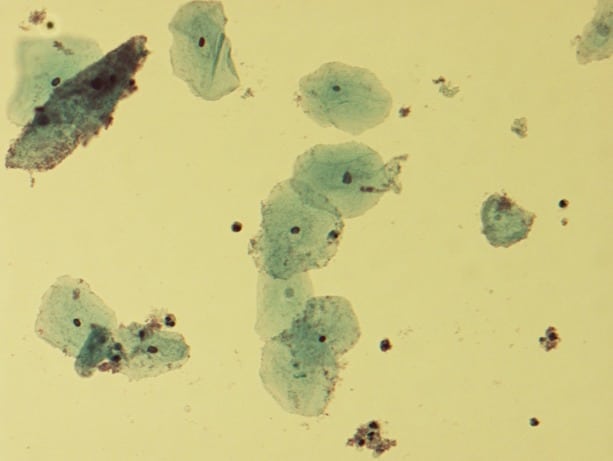
Pharmaceutics researchers detect bacteria that counteracts protective drug
Increasingly, people at risk for HIV infection are turning to preventive drug measures to help stave off the virus. Researchers from the University of Washington School of Pharmacy found that one such drug, Tenofovir, in the form of a topical vaginal gel, is metabolized, or broken down, by the common bacterium Gardnerella vaginalis.
This negative effect counteracts the gel’s intended protection. Women who apply the drug but who have that bacterium are more vulnerable to HIV infection.

The finding emerged in the lab of Nichole Klatt, UW assistant professor of pharmaceutics and pathobiology. Grad student Ryan Cheu and postdoctoral fellow Alex Zevin uncovered the mechanism. “These findings open up a whole new field of research in drug efficacy,” Klatt said.
Their analysis looked at 3,334 genital bacterial proteins from 688 women in the Centre for the AIDS Programme of Research in South Africa trial. The trial, a collaboration of the UW team and lead investigator Dr. Adam Burgener of the University of Manitoba and Public Health Agency of Canada, assessed the ability of Tenofovir gel to block new HIV infection.
Analysis showed the drug was less effective for a relatively large population of women, and Burgener and Klatt wanted to understand why. In most of the women, lactobacillus was the dominant vaginal bacterium. Burgener discovered that women who have a predominance of “good” lactobacillus in their reproductive tract were better protected by the Tenofovir gel but hadn’t figured out why until Klatt’s team identified Gardnerella’s role.